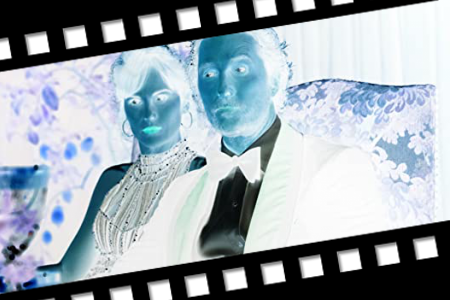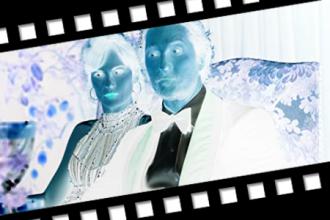CINEMANIA: Guess the movie title
See negative of movie scene and guess the title. Length of words in solution: 3,9
At the pharmacy
A woman entered the pharmacy, approached the pharmacist, made direct eye contact, and began to speak.
"I would like to buy some cyanide."
The pharmacist asked, "Why in the world do you need cyanide?"
The lady: "I need it to poison my husband."
The pharmacist's eyes got big and he exclaimed: "Lord have mercy! I can't give you cyanide to kill your husband! That's against the law! I'll lose my license! They'll throw both of us in jail! All kinds of bad things will happen. Absolutely not! You CANNOT have any cyanide!"
The lady reached into her purse and pulled out a picture of her husband in bed with the pharmacist's wife.
The pharmacist looked at the picture and replied: "Oh Well now That's different. You didn't tell me you had a prescription."

